From Ukraine with Love: What Has Ukraine Given to the World?

Vaccines against infectious diseases, helicopters, trams, X-ray machines, and the postal code are well-known worldwide. However, few people know that these inventions belong to Ukrainians.
Svidomi collected the most significant inventions of Ukrainian scientists used worldwide.
Vaccines against plague and cholera
Plague and cholera are infectious diseases that have killed thousands of people in different historical periods. World Health Organization estimates up to 143 thousand deaths due to cholera as of 2022.
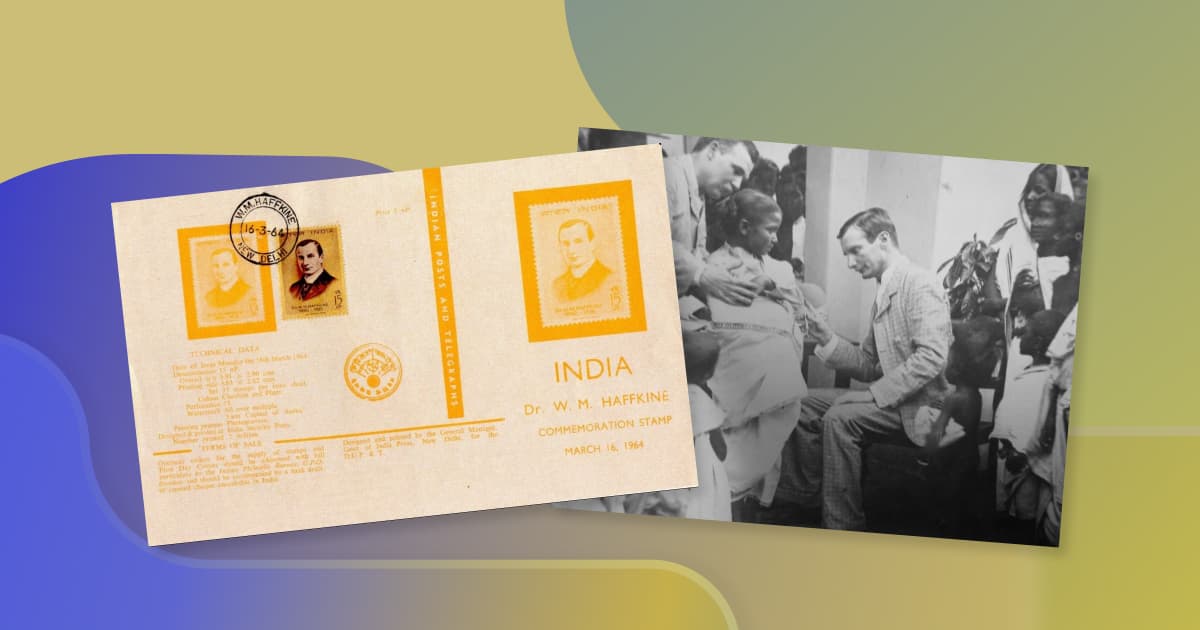
The first person to develop vaccines against these diseases was a Ukrainian bacteriologist of Jewish origin, Volodymyr Khavkin.
Khavkin worked in the laboratory of Ilia Mechnikov in Odesa and later in Paris, where he invented the cholera vaccine. Due to the refusal of a number of European countries to use it, he moved to India. He worked there from 1896 and created a vaccine against the plague. The British government supported his work (at the time, India was part of the British Empire - ed.) A total of four million people were vaccinated in India at that time.
Kidney transplantation
Another breakthrough in medicine made by a Ukrainian in the last century was the world's first operation to transplant an internal organ into a living person.
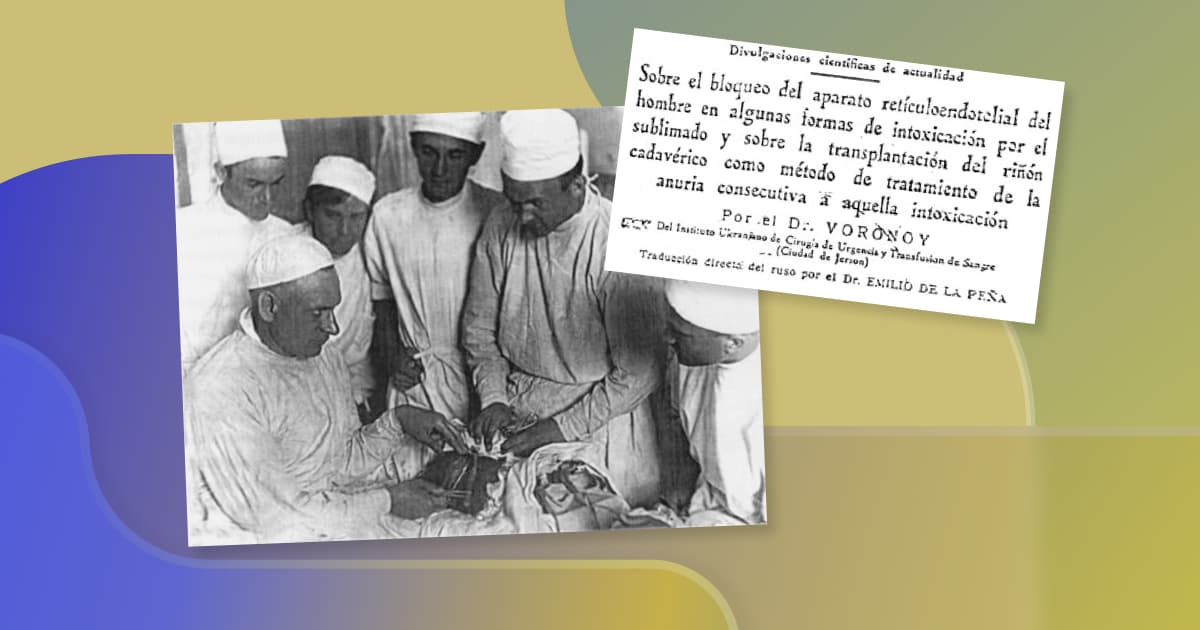
In 1933, Ukrainian surgeon Yurii Voronyi transplanted a kidney into a recipient from a deceased person. However, the person who received the new organ lived only 48 hours after the operation.
The Italian magazine Minerva Chirurgica and the Spanish edition El Siglo Medico published the operation report.
Helicopter
Today's world is hard to imagine without helicopters: they are used for both military and civilian purposes daily.

Unlike in Ukraine, few people abroad know that Ukrainian aircraft designer Ihor Sikorskyi created the helicopter. He was educated at the Kyiv Gymnasium, then continued his studies at the Naval Cadet Corps, where he became interested in design and decided to study at the Polytechnic Institute.
In 1908, he began to develop his first helicopter, which failed to take off due to the lack of a fire engine. Two years later, Sikorskyi tried to launch the aircraft again, but it also failed to take off.
In 1923, in the United States (he emigrated after the Bolshevik occupation of Ukraine - ed.), the aircraft designer founded the Sikorskyi Aero Engineering Corporation. The following year, the S-29A aeroplane could carry 1900 kg of cargo and take off from small sites.
Sikorskyi's most famous and last work is the S-58 helicopter, which he developed in 1954-1955. This model was used in both military and civil aviation in about 50 countries.
Rocket engine
Another famous Ukrainian designer was Serhii Koroliov. Russia is trying to pass him off as its scientist, despite Koroliov's being a native of Zhytomyr. In 1996, one of the Moscow region's cities was named after the Ukrainian - Koroliov.
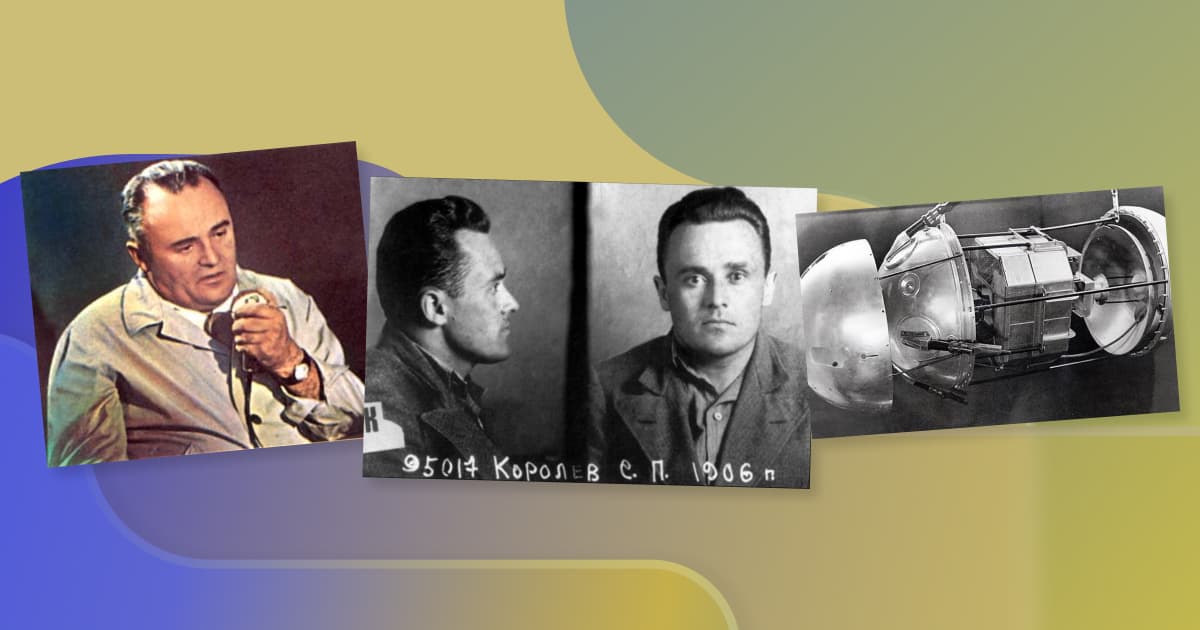
Modern Russia is proud of its "space" past, which is hard to imagine without the Ukrainian Koroliov. Yet, before inventing the rocket engine, the scientist was repressed by the Soviet authorities (from 1938 to 1944, he was imprisoned in a Soviet camp and even sentenced to death, and until his rehabilitation in 1957, he was considered an enemy of the people).
After his rehabilitation, Serhii Koroliov designed an intercontinental ballistic missile, the first artificial Earth satellite, and the Vostok and Voskhod spacecraft. Under Koroliov's leadership, interplanetary automatic stations flew to the Moon, Venus, and Mars, and a soft landing was made on the Moon's surface.
In 1957, the Nobel Committee wanted to award the physics prize to Sergei Korolev, but he was a classified person in the USSR, so the Soviet leadership did not disclose the name of the chief designer.
This inventor is also admired by Elon Musk, who in 2020 stated he had spoken to the scientist's family.
Puliui's X-ray
Another famous Ukrainian physicist is Ivan Puliui.
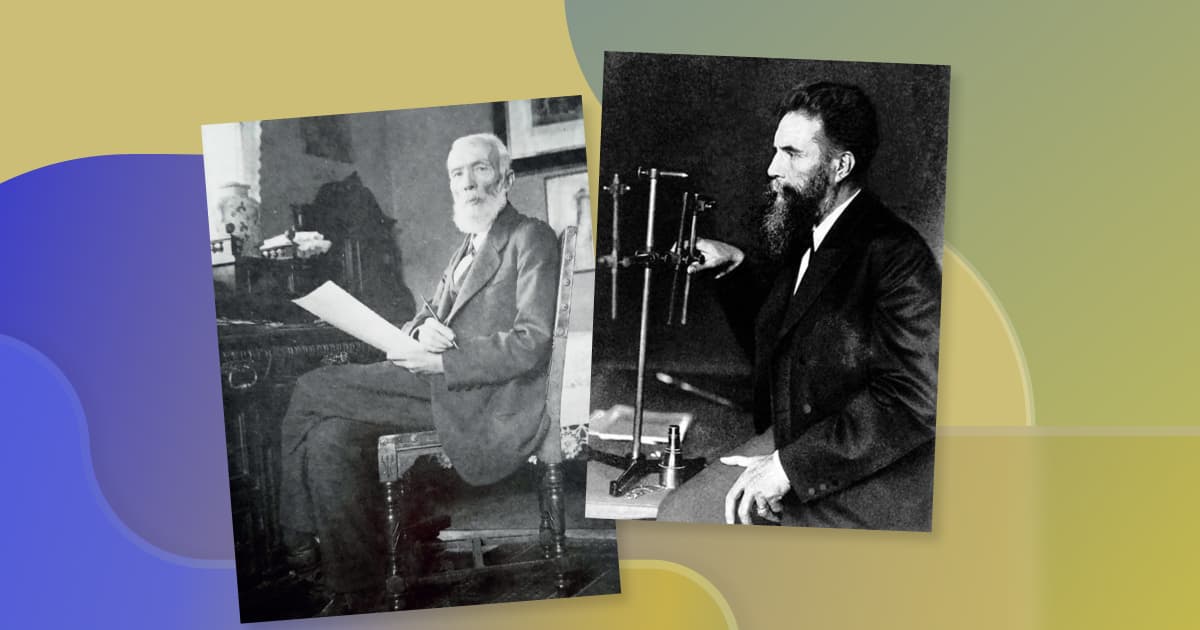
In 1881, while researching cathode rays, the Ukrainian scientist designed a unique device called the "Puliui lamp". In addition to cathode rays, this lamp also emitted X-rays, but no one knew about it at the time.
In 1884, he became the head of the Department of Physics at the German Higher Technical School in Prague. While working there, Puluj began researching the nature and properties of X-rays. In February 1896, the physicist wrote an article on the origin of X-rays in the Reports of the Vienna Academy of Sciences.
However, Puliui is not considered the inventor of the X-ray machine, as Wilhelm Conrad Röntgen published his paper "On a New Type of Rays", which referred to X-rays, in December 1895. Therefore, Puliui and Röntgen can be assumed to have released research on X-rays at the same time. However, Puliui's lamp appeared 14 years earlier.
The Tram
The person who presented the project of using electricity "for the movement of railroad trains with the supply of current" was Ukrainian Fedir Pirotskyi. Russia is also trying to claim him as its inventor, although Pyrotskyi was born in Poltava, part of the Russian Empire at the time.
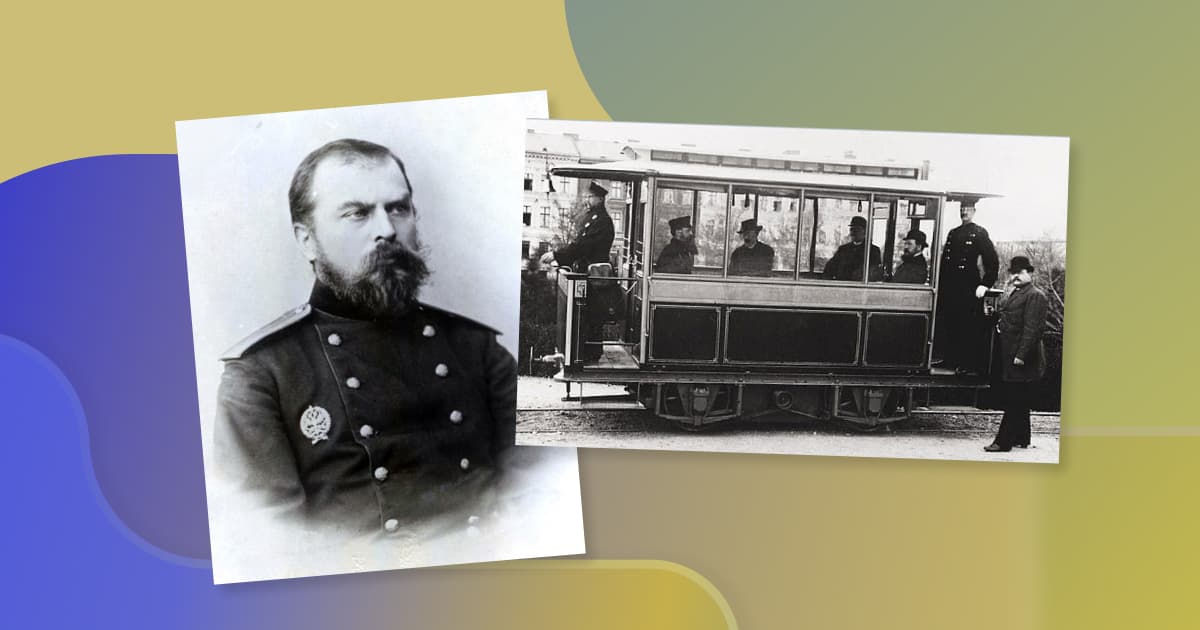
In the early 1870s, Pirotskyi developed a project to transmit electricity through an iron wire fixed with telegraph insulators on wooden poles and two alternating current machines of his design.
In 1877, Pirotskyi sent an article about his experiments to the Engineering Journal to all interested individuals and companies, including representatives of Siemens. Two years later, Siemens demonstrated a small "train" with a separate locomotive. According to the Pirotskyi scheme from the Engineering Journal, the power was supplied to the locomotive engine.
A Postal Code
Although the system of conditional postal indexing was first introduced in London in 1857, the modern postal code was introduced in 1932 in Ukraine, the then part of the USSR.
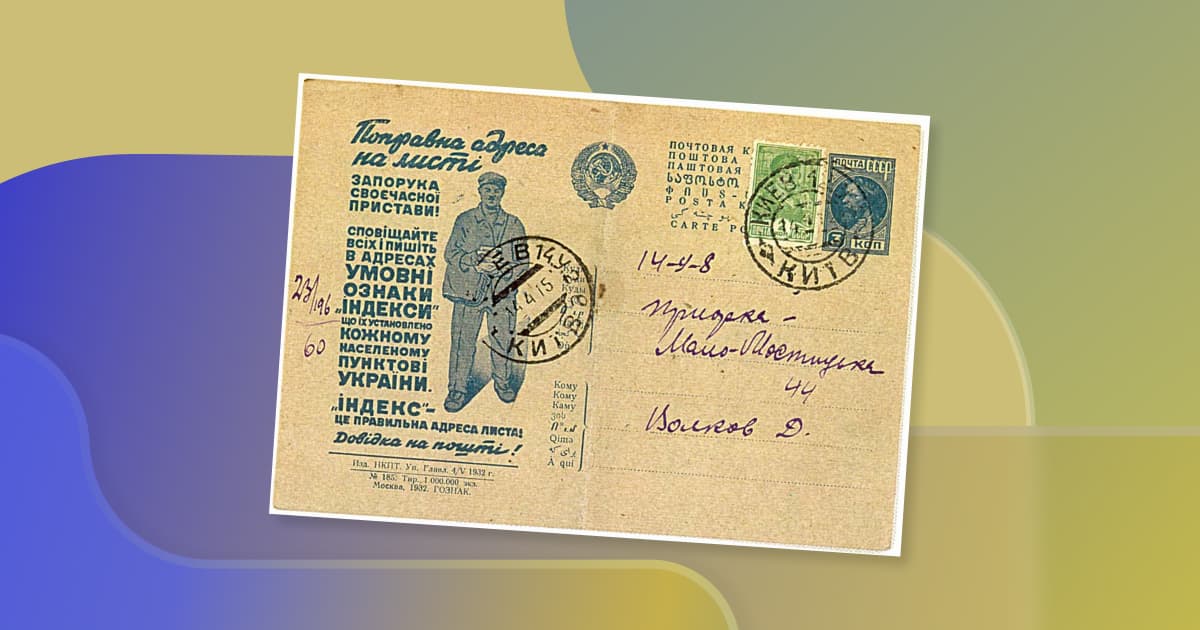
There is no exact information on who proposed the use of postal codes. All we know is that at that time, the Ukrainian index consisted of 4 digits: the first two digits indicated the city, the next letter indicated the country, and the last letter indicated the district. Unfortunately, this index was abolished with the outbreak of World War II.
Nowadays, postal codes are used in most countries of the world.


